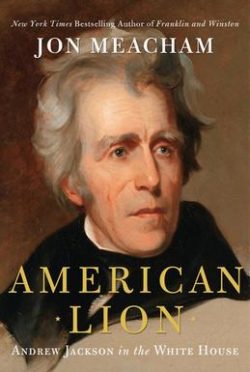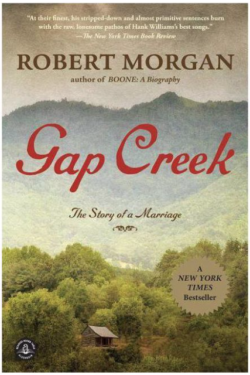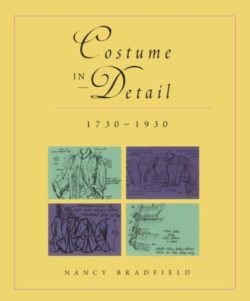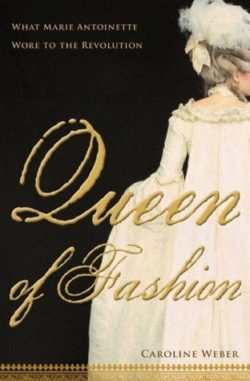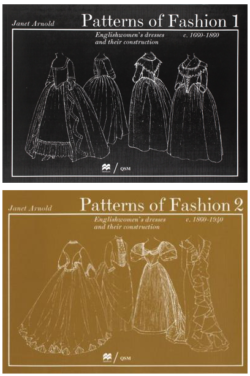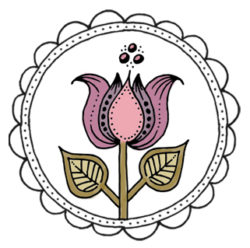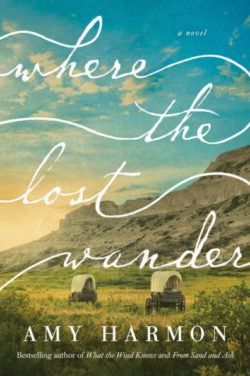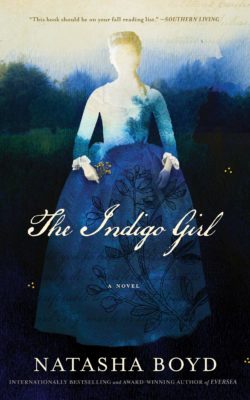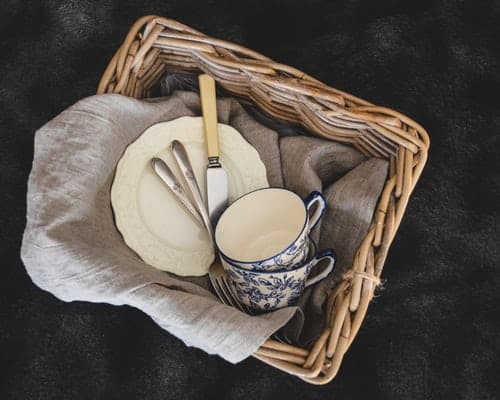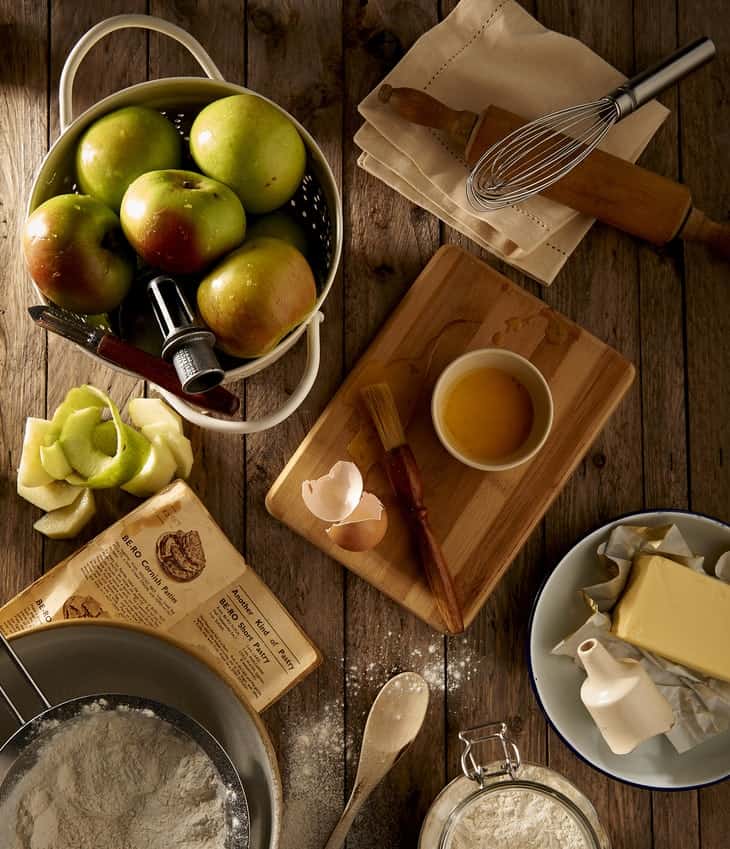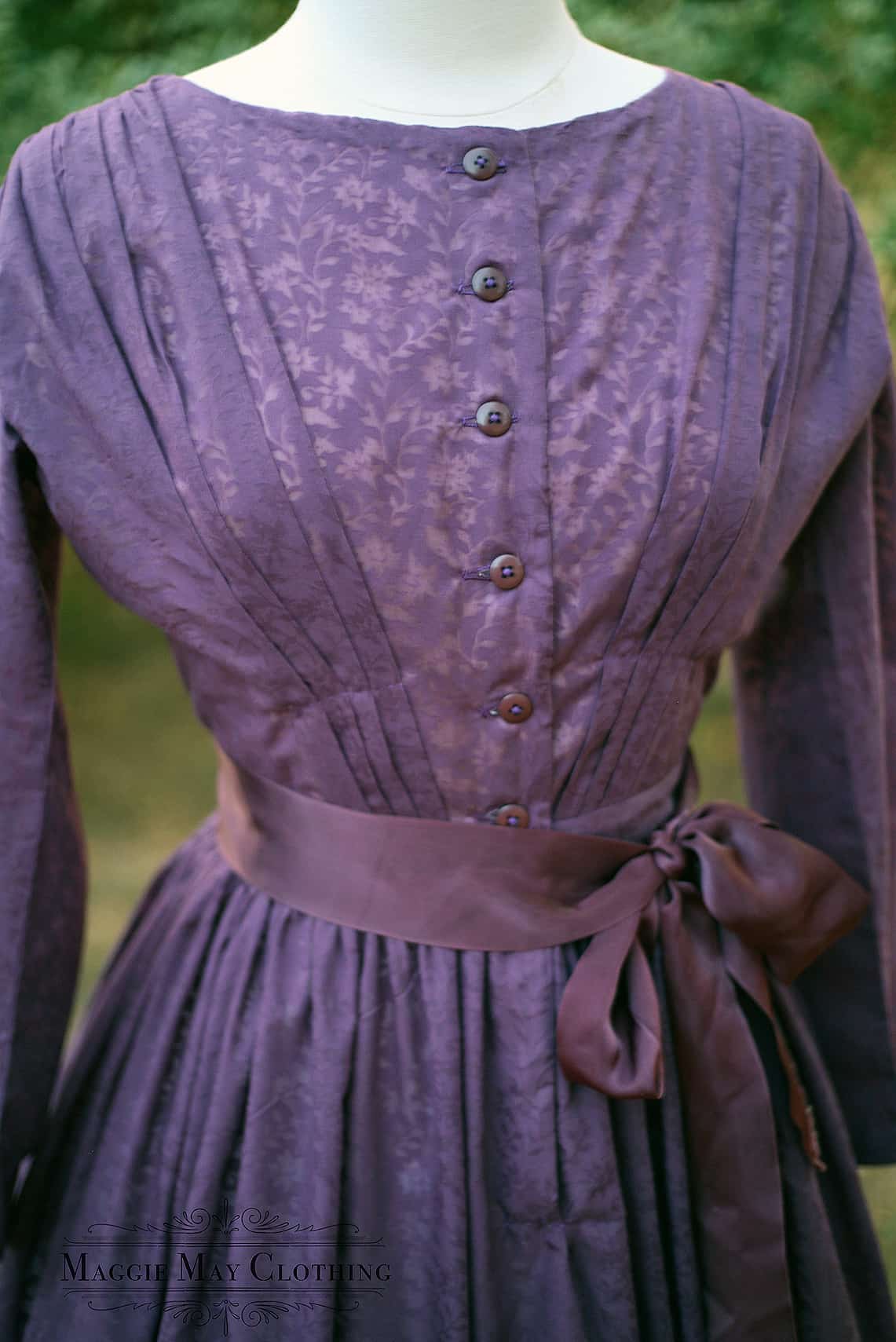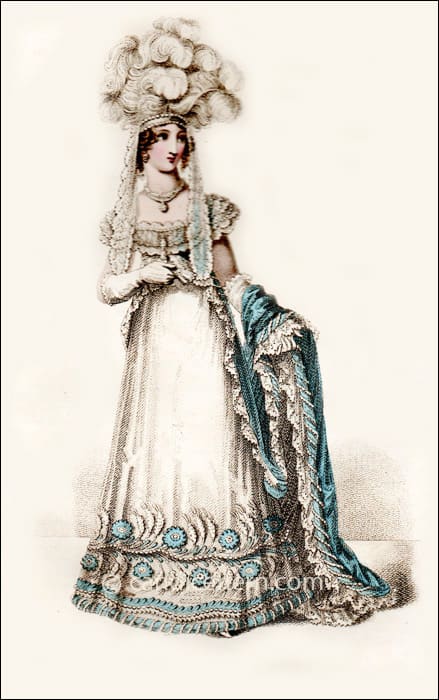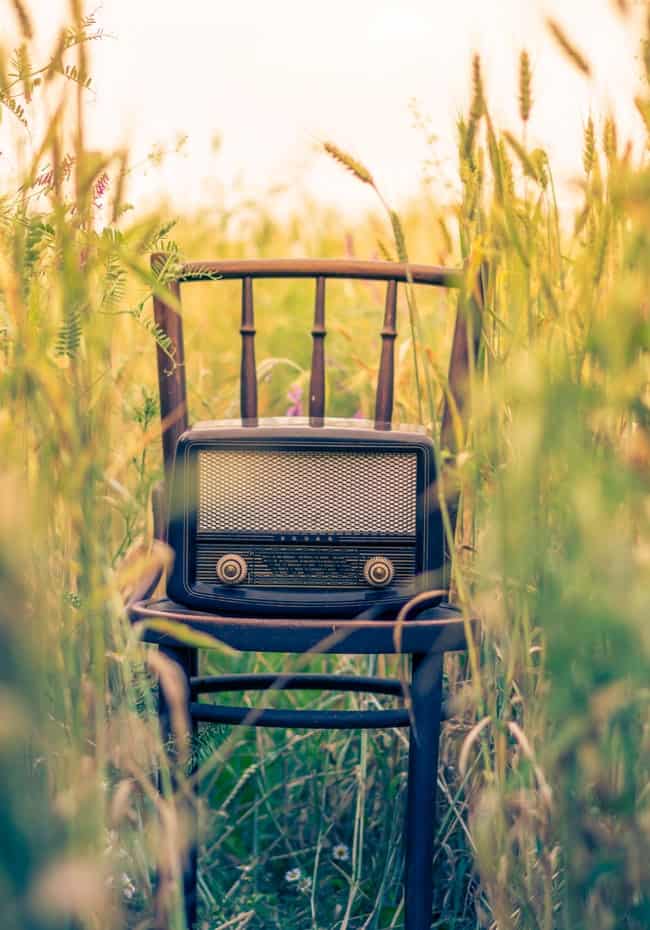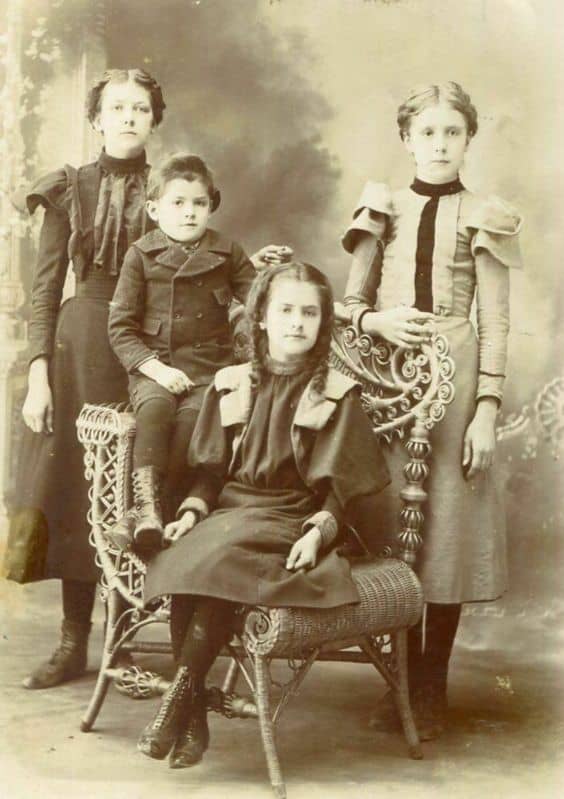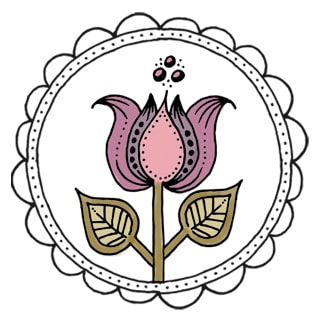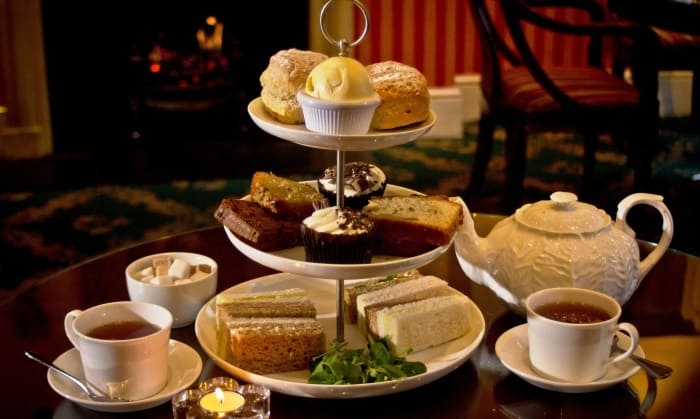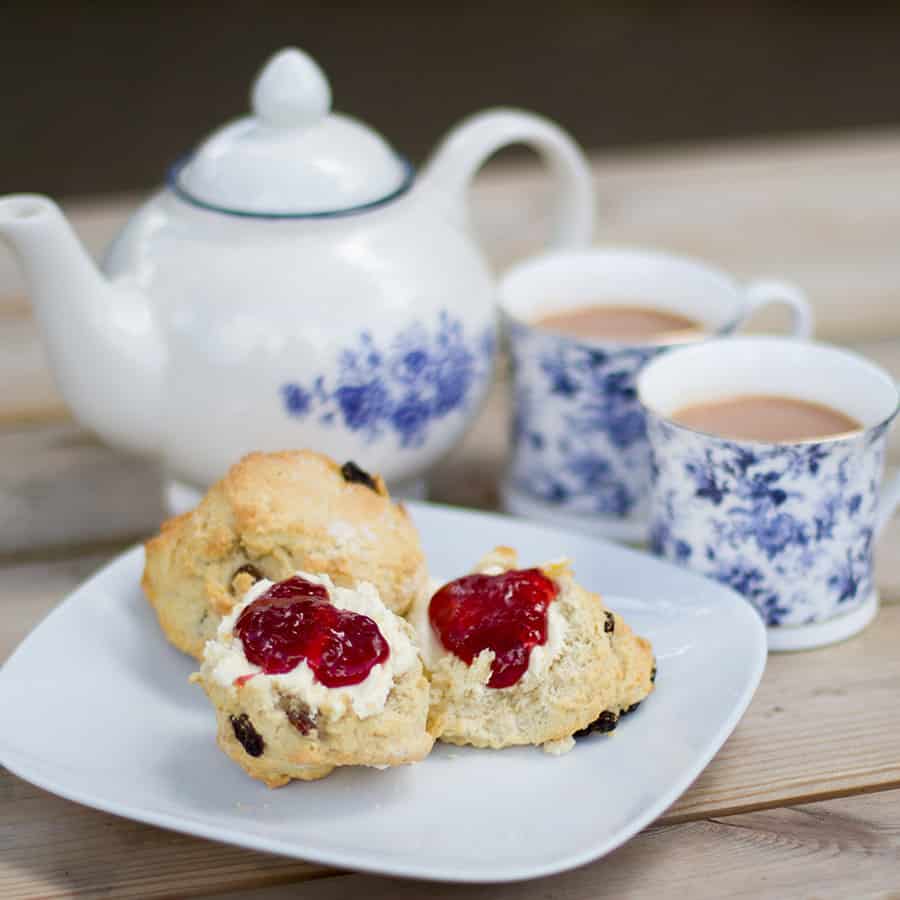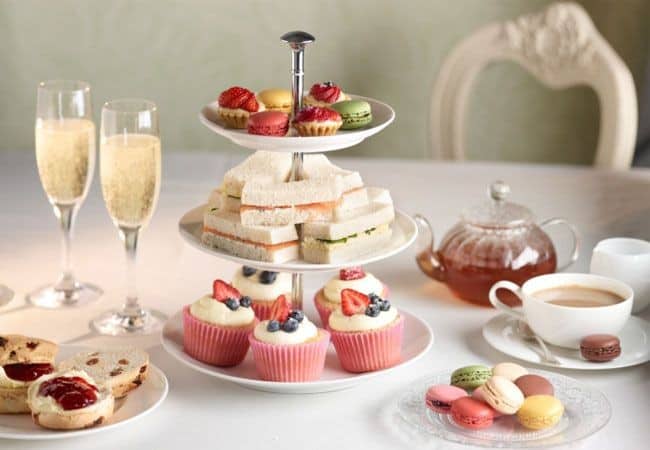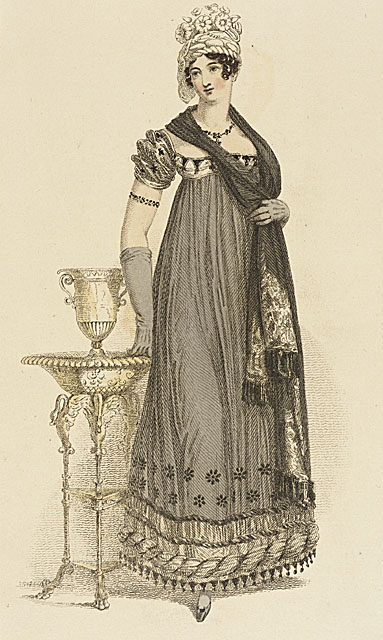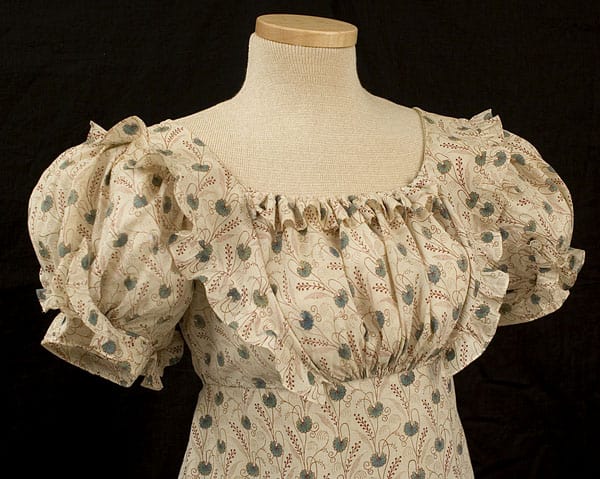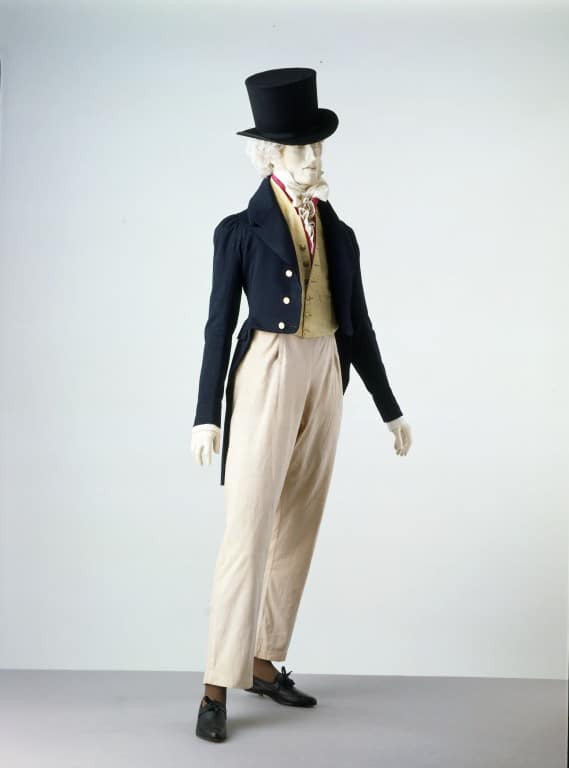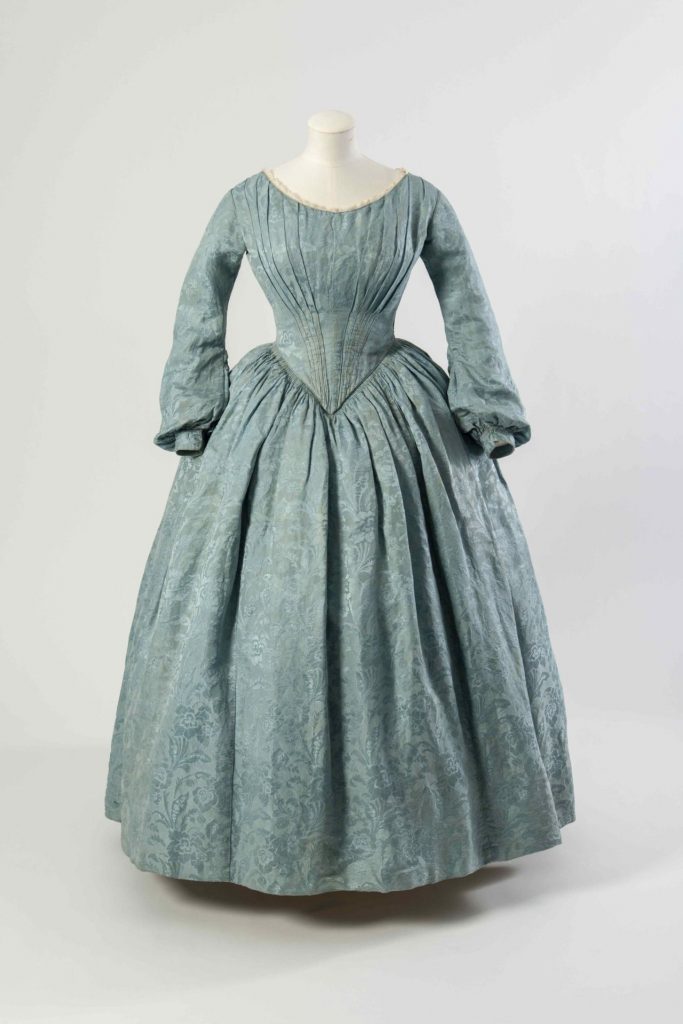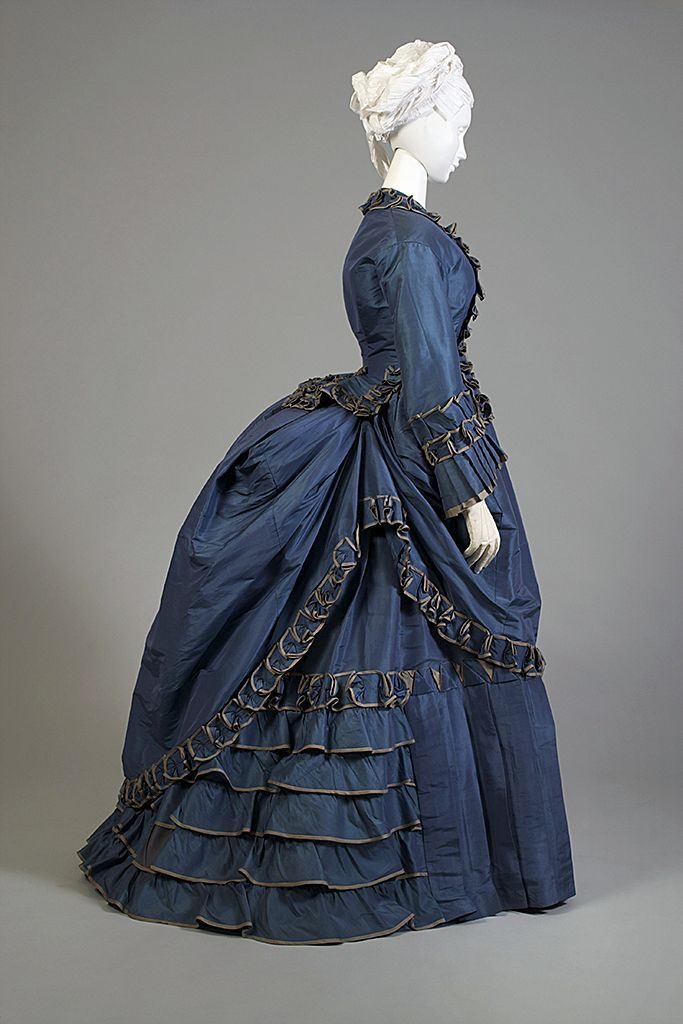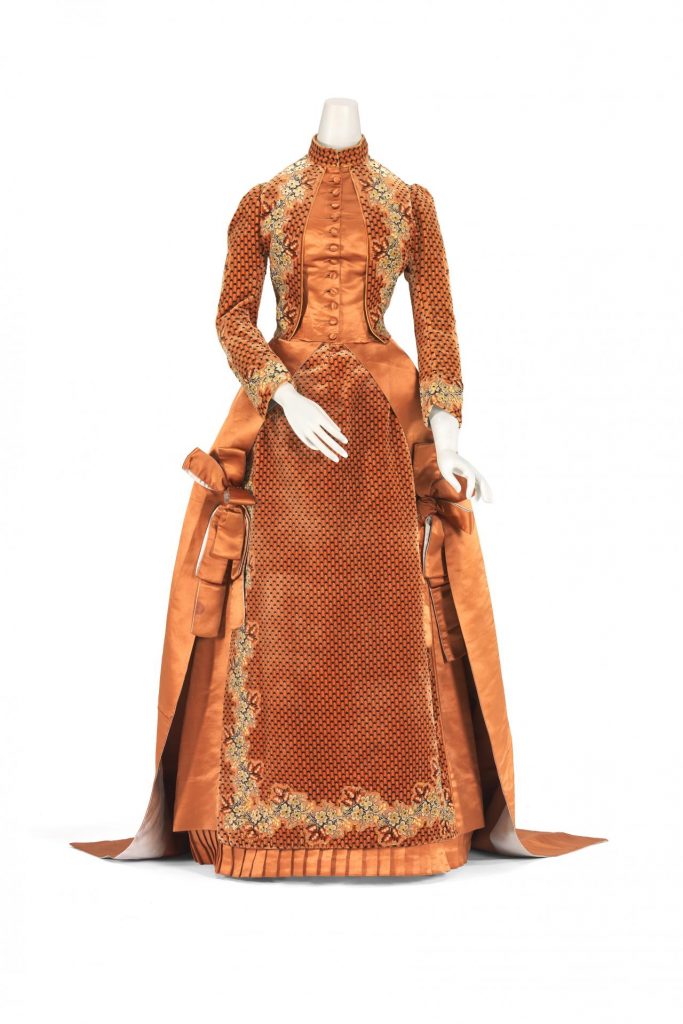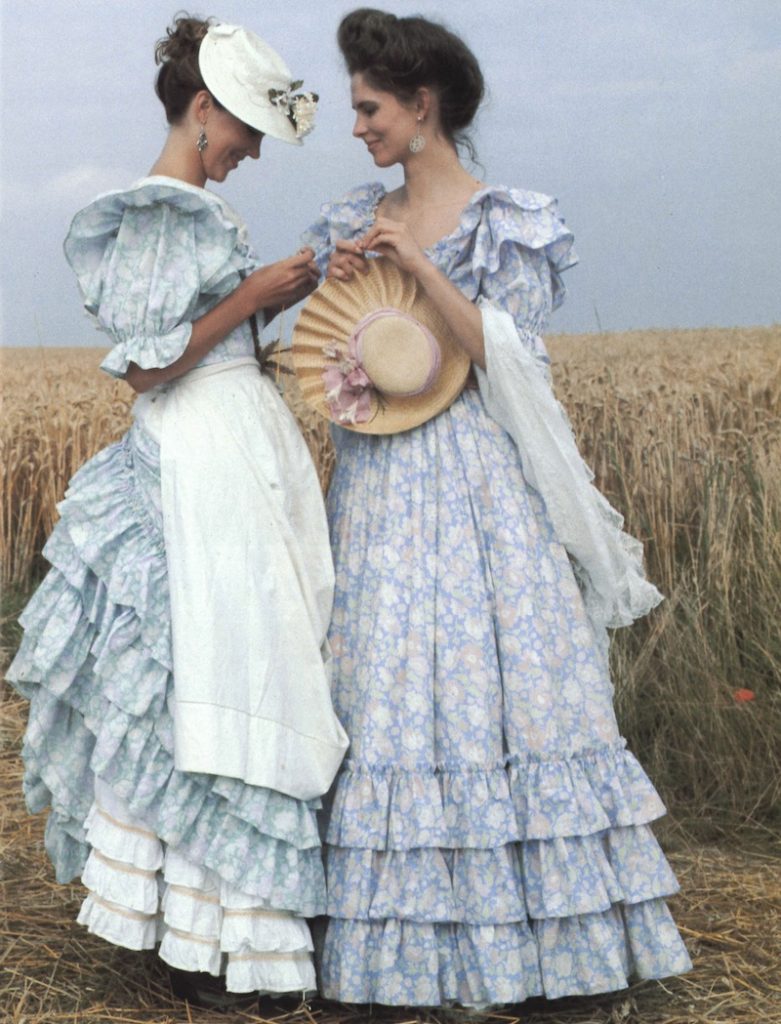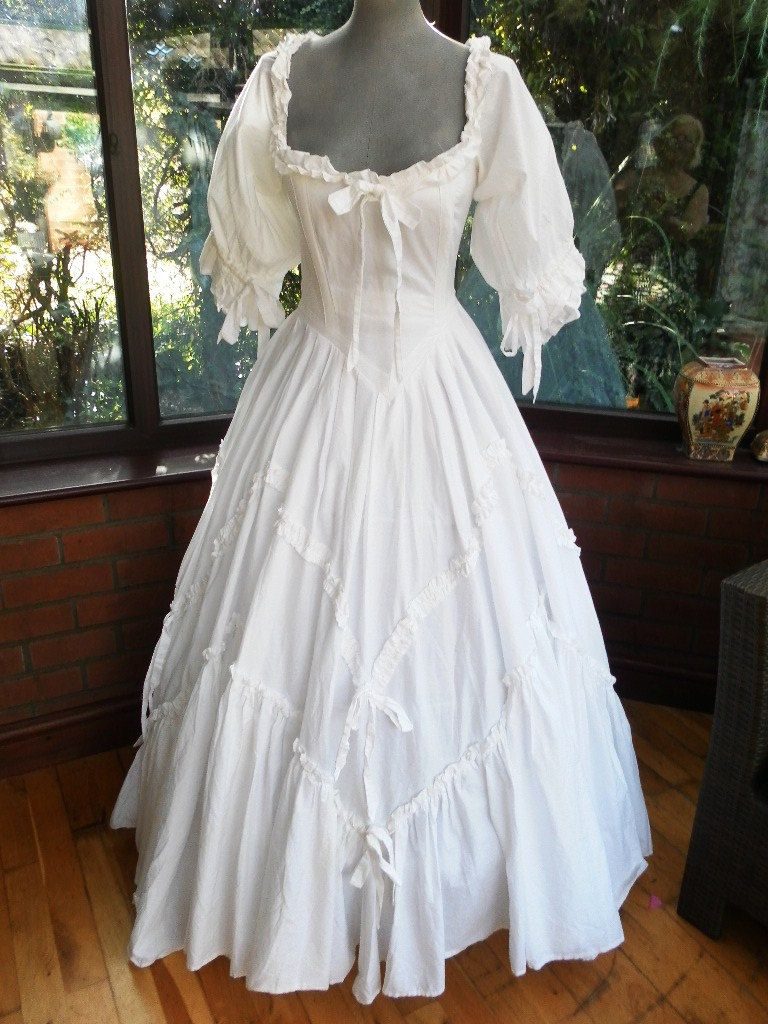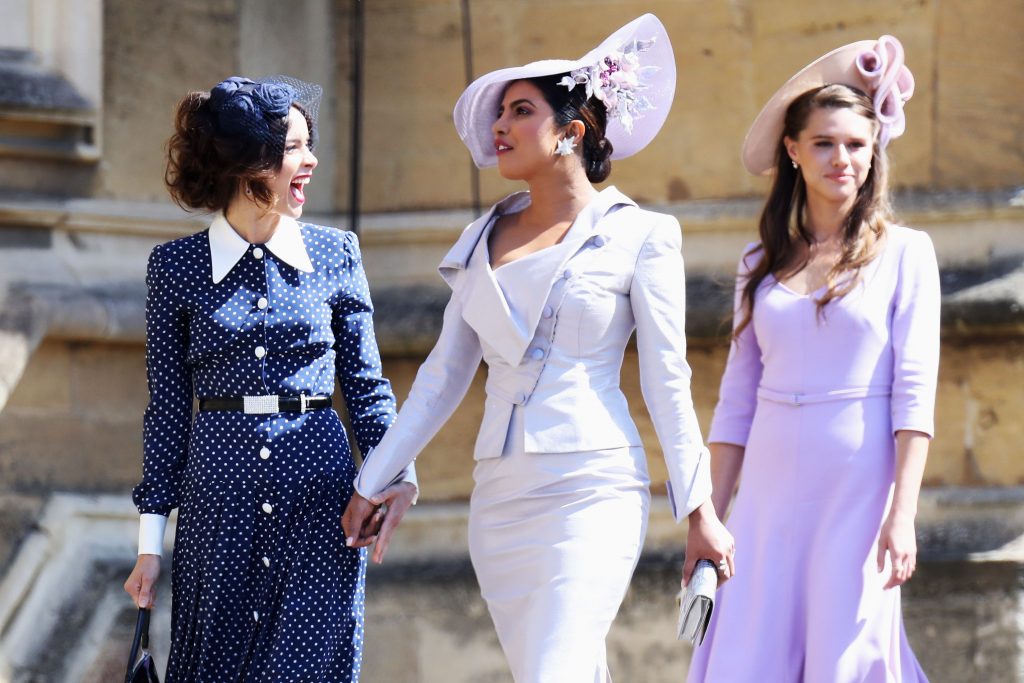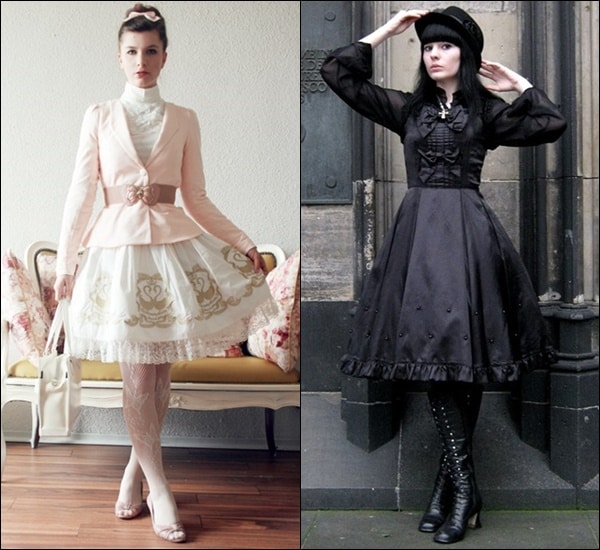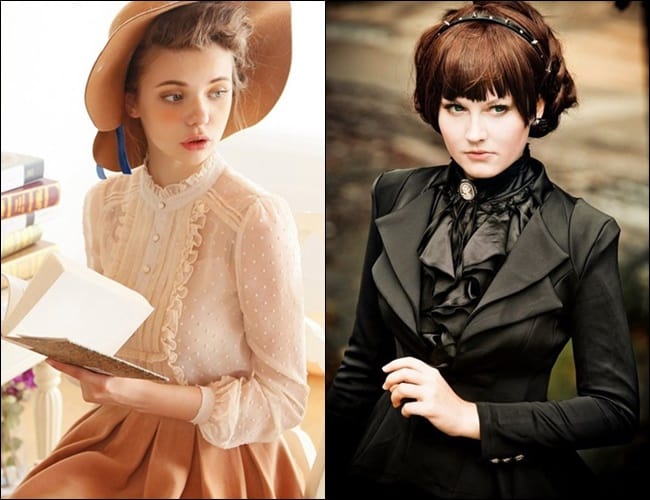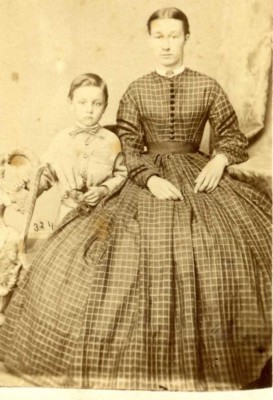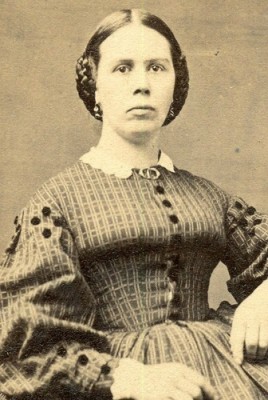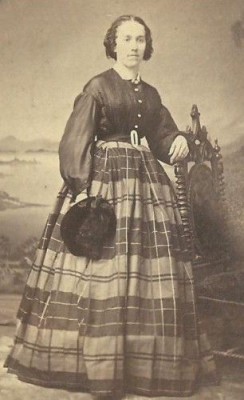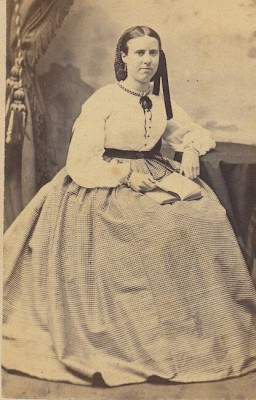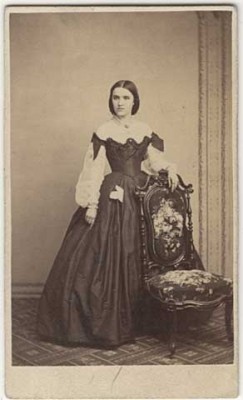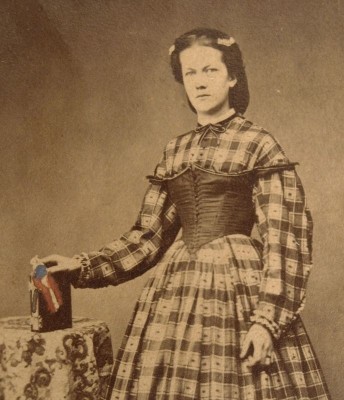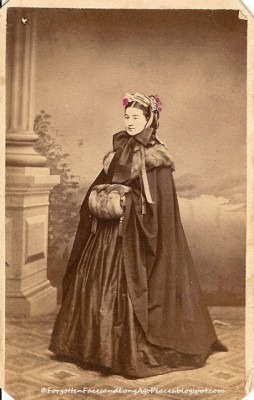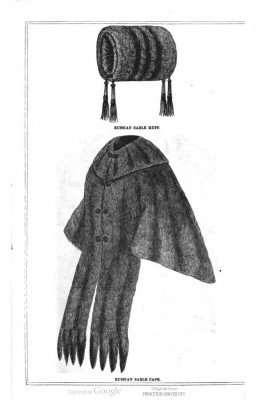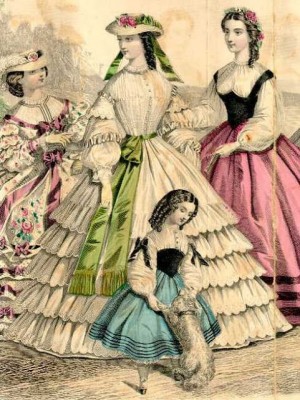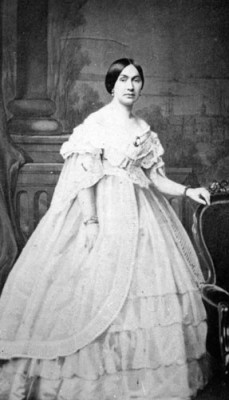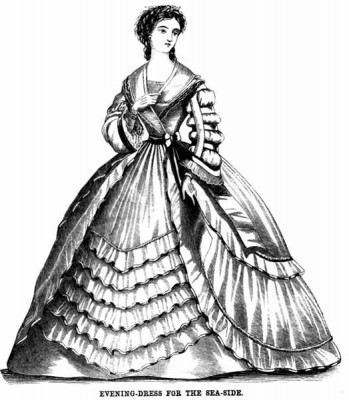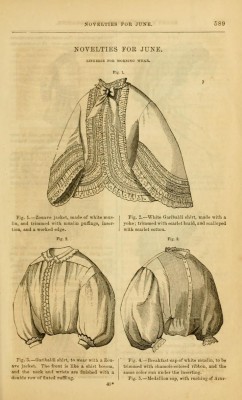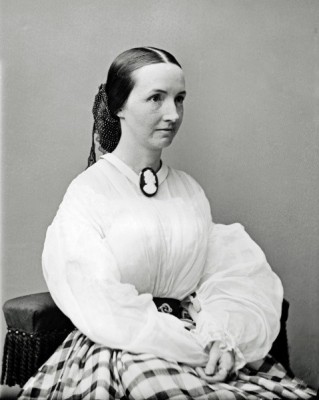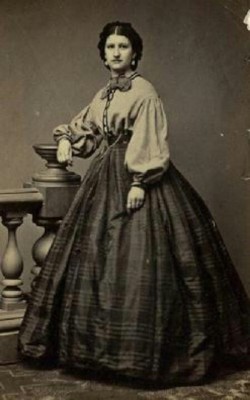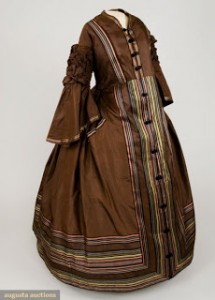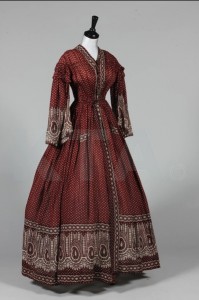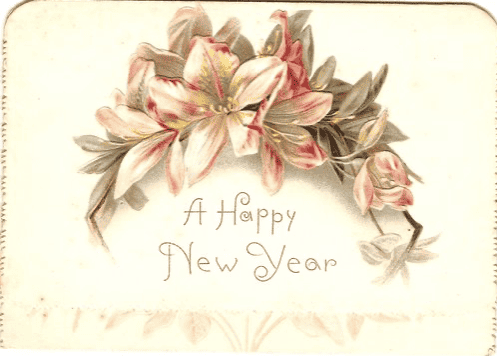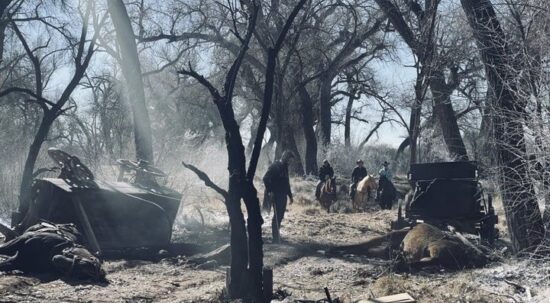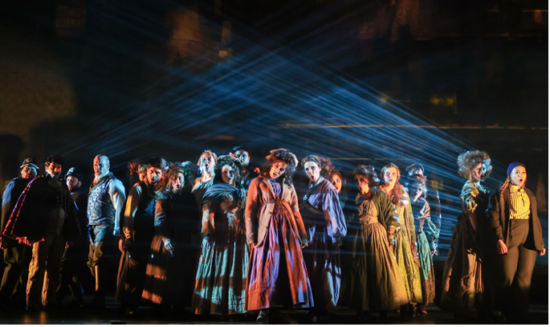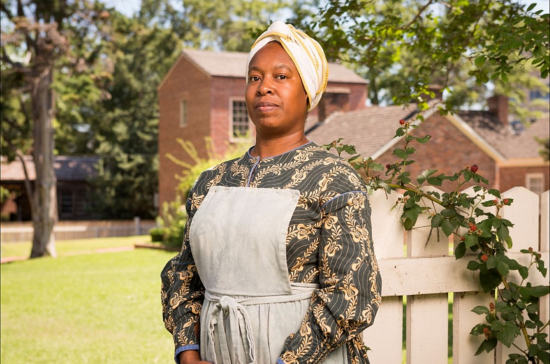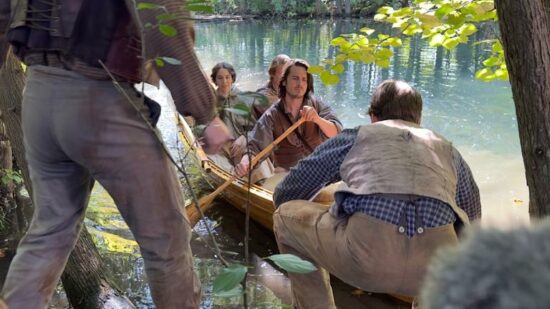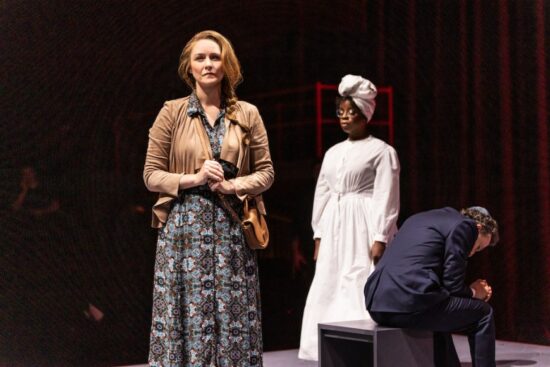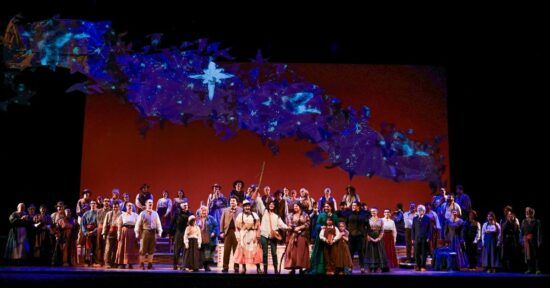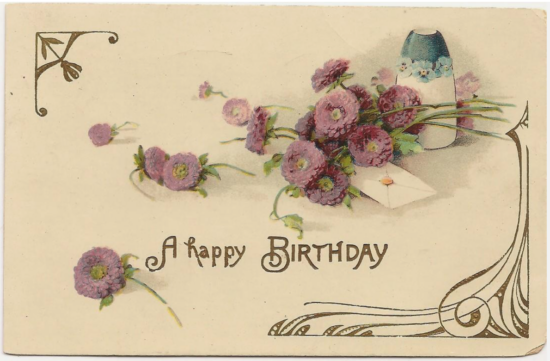I recently responded to an inquiry from a recent college graduate who is interested in pursuing a career in historic costume and fashion history. This individual is a local resident and asked me several great questions about careers in historical costume. I thought I would share our Q&A for anyone who might be interested in getting into “the business.”
(Names and other identifying information have been omitted for privacy reasons.)
Q: First of all, what are your recommendations for pursuing my interest in fashion history?
As you have already realized, compared to other professions, careers in fashion history are far and few in between. However, they are not nonexistent. Fashion History careers range from simple living history interpretation to museum curatorial work to teaching (although this is the smallest field). If there is a large film network in your city, you may wish to connect with them. You might want to contact your state film commission and connect with professional theater groups as well.�Also, one last recommendation is to join the Costume Society of America. You have to pay an annual membership, but they have lots of great academic/professional conferences and do list job openings in the field of fashion history across the nation.
Q: What are your recommendations for pursuing my interest in fashion history? I have not found many graduate programs in the country for this subject. Do you know of any programs out there that I may have missed?
I do not know of any of TN state schools that offer degrees in costume or fashion history.
I do know that UNC- Chapel Hill has a great grad program specifically in costume. Kent State in Ohio has a great fashion design program and opportunity for curatorial work. And, Ohio State has a a highly reputable grad film school. I recommend these because I know people who have graduated from these programs and have gone on to be successful in their field of study.
Q: And if not, are there certain books that you could recommend to me (I’m sure there are hundreds) that would give a good general overview on fashion history?
I still reference my old college textbook all the time- Survey of Historic Costume by Phyllis Tortora and Keith Eubank. It is a very broad overview, but it is a great introductory to the history of western fashion. The Janet Arnold pattern books are great for looking at historic garment construction. And my all time favorite book is Costume in Detail 1730-1930 by Nancy Bradfield.
Q: Your website mentions employing ‘historical sewing techniques’. Can you expound upon that for me? You also mentioned in your artist statement that you are a self-taught seamstress, so I was wondering if you had taught yourself all of these methods or if they were learned at some sort of institution.
Historical sewing techniques primarily refers to the cut and draping of a garment that is consistent with the period it is from. I do try to use as many actual period stitch applications as possible when making historical garments. However, there is a fine line between “sewing historically” and making reproduction historic garments. Many historic sewing techniques require hours and hours (and hours….) of hand sewing. This is OK if you have lots of time and are creating say a couture art piece. However, when making garments for resale (or on a deadline), this is just not always appropriate. The labor cost would be too high. Therefore, I try to replicate historic construction techniques as closely as possible within reason. I machine sew as much of the garments as possible. If I am making something prior to 1840, I typically hand sew any thread work that will show on the outside (i.e. hems, button holes, etc.)
I learned about period sewing techniques by looking at original garments (in person and in books) and then I just went into my studio and tried to replicate what I saw. My mother taught me to sew by machine when I was 13. I also worked in the University costume shop in college.
Q: Do you purchase the fabric for your garments at a general fabric store? Or do you go to a specialty store or order online?
Finding appropriate fabric is a big issue. With massive amounts of cheap imported garments, home sewing is becoming an obscure hobby and domestic fabric suppliers are drying up faster than you can say “Welcome to BigMart.”
Over the past year I have experimented with purchasing materials online and have had a mixed experience. Sometimes I got what I expected, but oftentimes I did not. Most of the online retail fabric stores purchase lots of discontinued fabrics and they tend to run out of your fiber before they can process your order.
Because of this issue, I am currently working with a wholesale vendor who carries period prints and fibers. I am seriously thinking about extending my business by offering reproduction fabrics for resale.
Q: Are they worth the time and money when constructing a period garment, or can they easily be replaced by modern-day substitutes?
It is my personal opinion that spending a little extra money to purchase period correct fabric is worth it. I am a serious believer in doing things right the first time because if you don’t, you will only have to go back and redo them again later.
Q: As for your patterns, do you draft them yourself? Are they altered from patterns you have collected over time? Or do you use patterns you have found in books, on the web, or at stores?
When I first began over 17 years ago, I primarily altered existing patterns I had in my collection because they were already graded to fit different sizes. Now, I have a more in depth understanding of pattern drafting/size grading and am able to work from my own patterns. This has allowed for greater creativity in my designs. Before I was limited to just what was already out there. But now the possibilities are endless!
Q: How did you began this career as a freelance historic costumer? I realize it is not your only method of income, but how did it all begin?
I do not think I chose a career as a historic costumer as much as it chose me. My fascination with historic clothing began when I was about five or six. In elementary school, I used to sketch Edwardian style dresses instead of doing my lessons. It was then that I began labeling them with the name “Maggie May.”
In high school I made my first dress- a really bad 18th century gown inspired by the movie Last of the Mohicans. When I graduated, I wanted to attend an art school in Atlanta. However, our local university offered me a full scholarship. It was a tough call, but I made the choice to accept the full scholarship and declared myself a history major. The university had a Fashion Merchandising program and a professor with a PhD in Historic Clothing and Textiles. The History department was gracious enough to allow me to focus my JR and SR year studies specifically on Historic Costume and Textiles under the tutelage of this professor. While there, I also earned a degree in the Fine Arts and worked in the theater’s costume shop each semester. It was during my experience in the costume shop I learned the most about Costume Design as a profession.
I sold my first historic costume when I was a Senior in high school. During college, I operated a “sutlery” and offered my clothing for sale at local Civil War re-enactments. In 2000, I began my website and started branching out beyond the Civil War Era. Since then, I have worked for dozens of museums, a few films, and one major television network.
Q: Did you know people in the film industry that would frequently commission costume pieces from you? Also, do you know anything about being a Historic Consultant for films/plays/etc.
My website has been my main source for business. I do know a few individuals in the film industry, but all work comes directly from my website. Publishing scholarly articles about historic clothing has helped establish my reputation as a historic costumer and that is how I have come to work as a historic clothing consultant for a variety of films.
In closing, here is some advice:
Get connected- network amongst professionals already working in the field.
Stay active- Read, research, learn, and create!
Create a portfolio- design and create four or five garments that are exclusively your own and make them available to professionals
Promote yourself- Let people know you are out there and are willing to work!
Be business savvy- Knowing how to recreate historic clothing is important, but knowing how to run a business is imperative!
Hope this gives you a little direction in your pursuits!
My Best!
-Susan Jarrett

